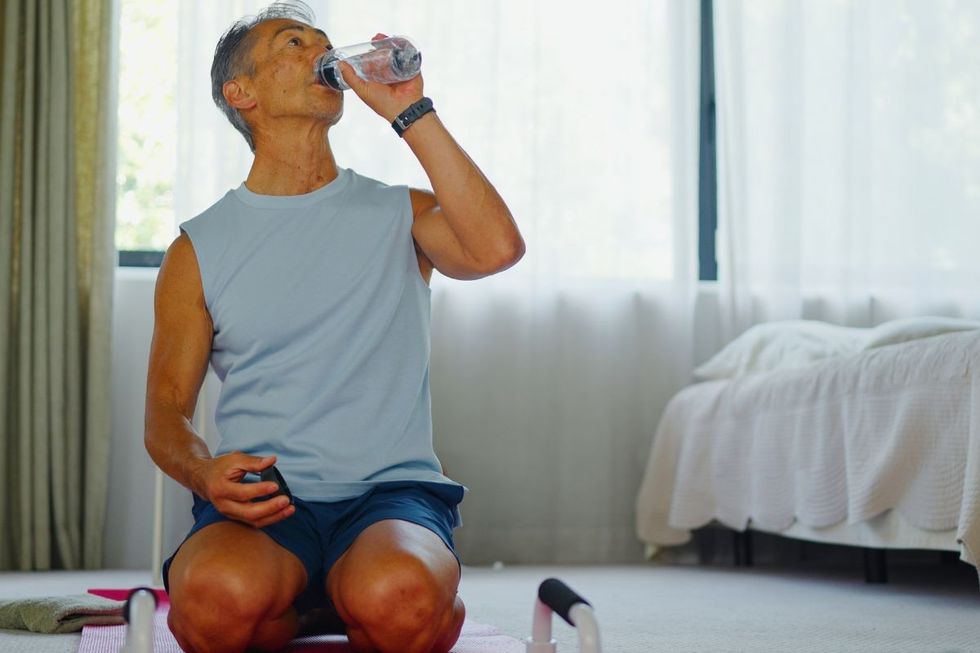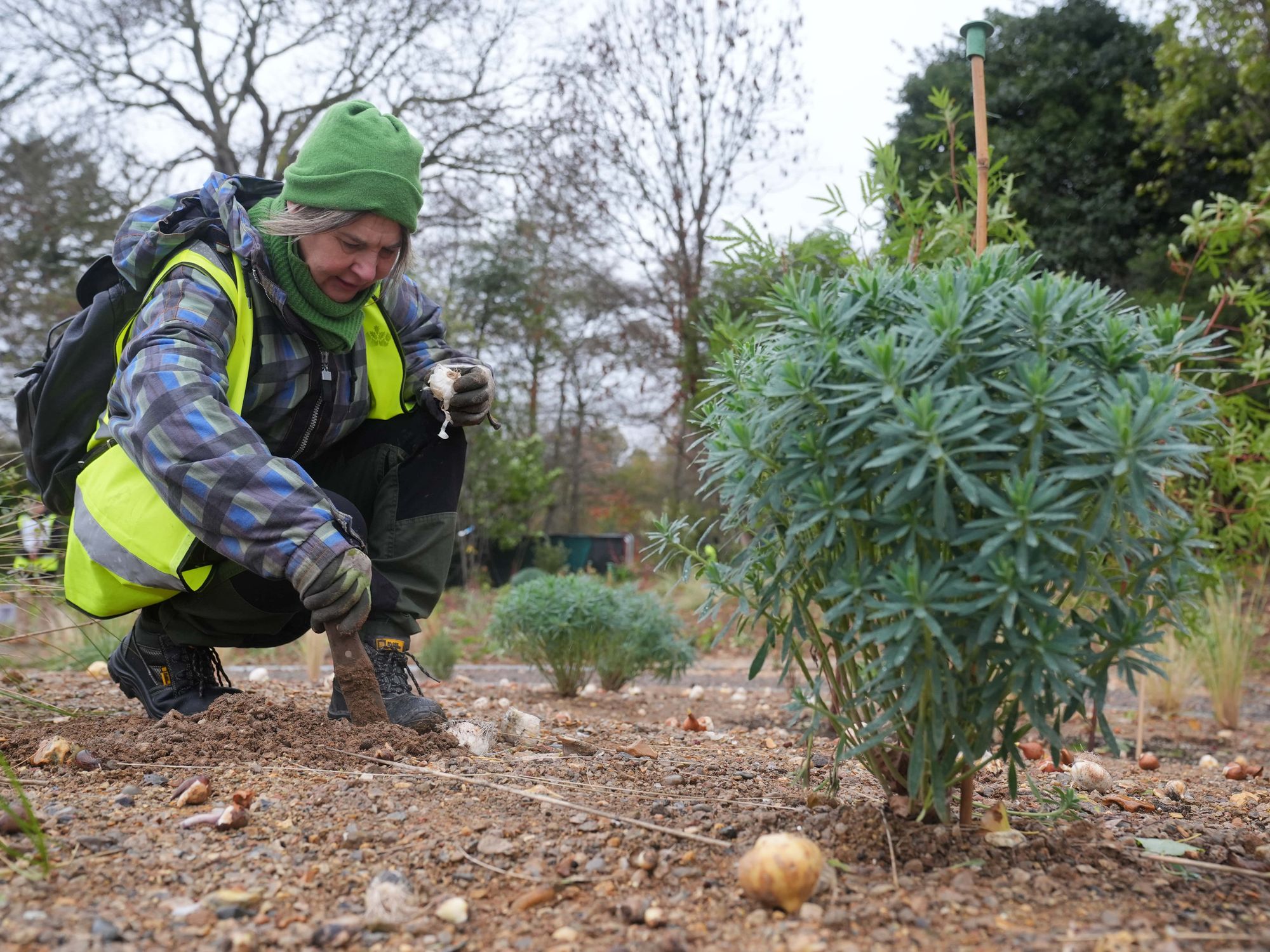How to live longer: Struggling to complete a basic test may mean you're six times more likely to die young

Each component of the test relates to overall health and chronic disease risk
Don't Miss
Most Read
A simple test that involves sitting on the floor and standing back up could reveal your risk of premature death, according to new research.
The sitting-to-rising test requires no equipment or medical expertise, yet it can predict mortality risk with remarkable accuracy.
Middle-aged adults who struggle to complete this basic movement without using their hands or knees are up to six times more likely to die prematurely from natural causes.
The test evaluates multiple aspects of physical fitness, including balance, flexibility, muscle strength and coordination.

The test is designed to measure non-aerobic fitness
|GETTY
Unlike traditional fitness assessments that focus on aerobic capacity, this measures what researchers call "nonaerobic fitness" - the everyday physical capabilities that determine independence and quality of life.
The research, conducted at a health clinic in Rio de Janeiro between 1998 and 2023, tracked more than 4,000 adults aged 46 to 75. Participants received scores from 0 to 10 based on how much assistance they needed.
Those who scored a perfect 10 had just a 3.7 per cent death rate over the 12-year follow-up period.
This jumped to 11.1 per cent for those scoring 8, and a striking 42.1 per cent for those scoring 4 or below.
The scoring system deducts one point for each use of a hand, forearm or knee, and half a point for any unsteadiness.
Even after adjusting for age, sex, body mass index and existing health conditions, the results remained significant.
The test was created in the late 1990s by Dr Claudio Gil Araújo, physician and dean of research and education at the Clínica de Medicina do Exercício in Rio de Janeiro.
"I realised that not only is aerobic fitness important for health, but also what I call nonaerobic fitness," said Dr Araújo.
Amy Pastva, director of research in the physical therapy division at Duke University, explained that the test "requires different domains of physical capacity: muscle strength, balance, flexibility, and coordination".
LATEST DEVELOPMENTS
- How to live longer: Super ingredient could 'slow down cellular ageing' and 'flip' longevity switch, say scientists
- How to live longer: ‘I’m 80 but my body thinks I’m 35 - I stay away from one food at all costs'
- ‘I'm 102 and have survived cancer - 2 terrific sources of protein keep me healthy and strong'

A low score isn't a cause for despair but an opportunity for improvement
| GETTYPoor performance indicates increased fall risk and difficulty with everyday tasks like climbing stairs or carrying shopping.
To perform the test at home, start from a standing position on a flat, non-slip surface. Cross your legs and attempt to sit down, then stand back up without using your hands or knees.
A low score isn't a cause for despair but rather an opportunity for improvement. Dr Araújo noted that "improving your weaker areas can have a powerful impact on your overall health and even your life expectancy".
The researchers recommend four key areas for improvement: balance training through activities like yoga or standing on one leg, flexibility work including stretching, muscle power exercises such as explosive squats, and maintaining a healthy weight to ease movement.











